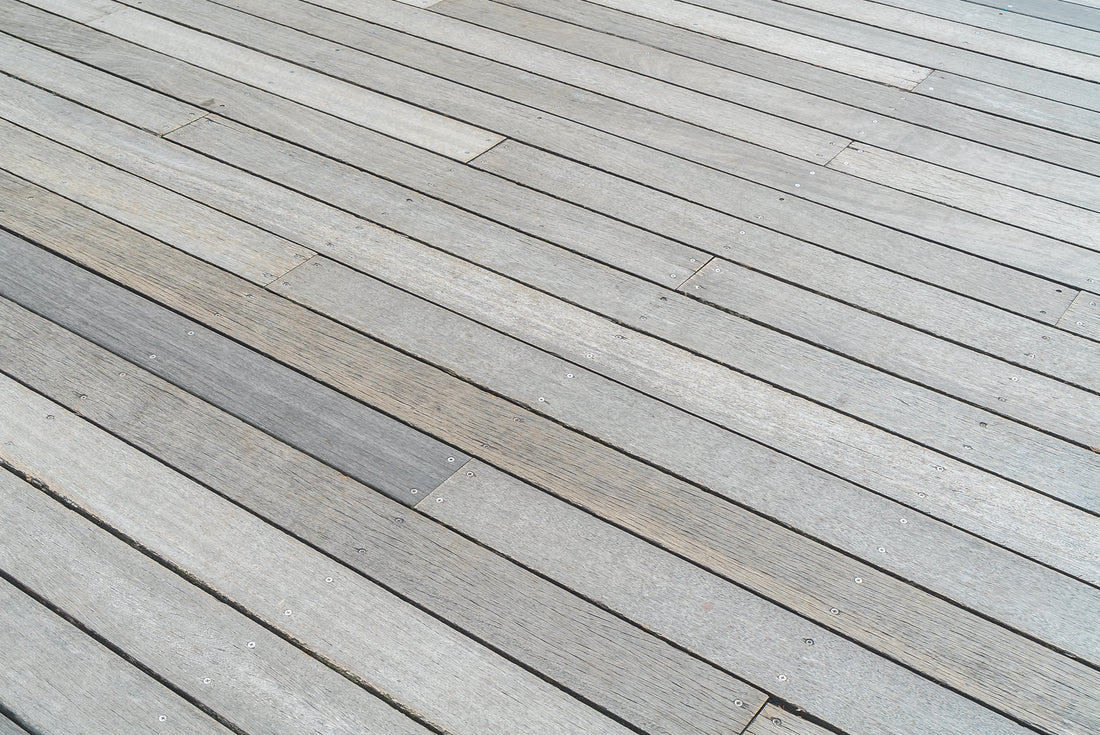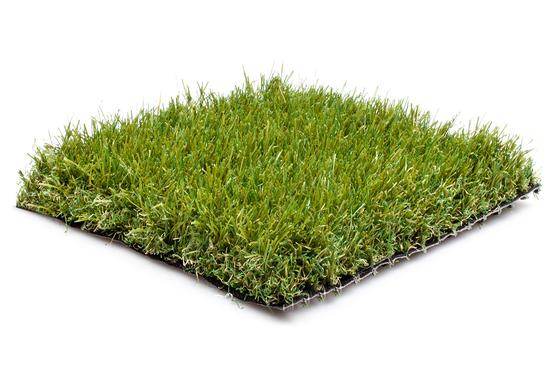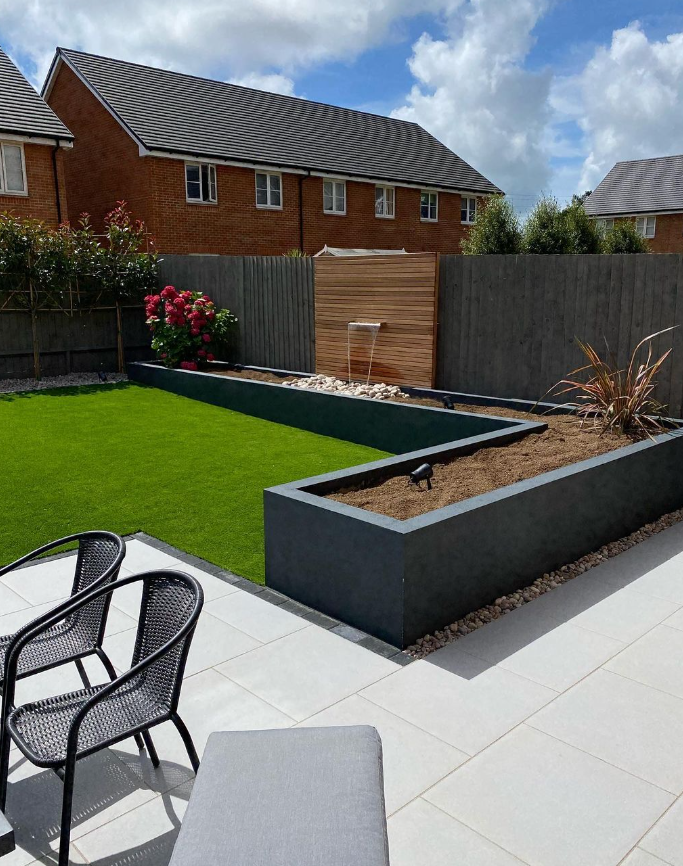
Composite Decking vs Wood: Which is Best?
Choosing between composite decking vs wood can feel like a big decision, especially if you’re planning to refresh your garden or patio.
Both options look great on day one, yet how they handle the UK’s damp weather, day-to-day wear, and long-term upkeep is where differences start to show. Homeowners often ask whether it’s worth spending a little more upfront for materials that last, or if traditional timber still offers better value.
This guide takes a closer look at performance, maintenance, and overall appeal, so you can pick the decking that works best for your space.
Performance in Wet Weather

UK gardens see their fair share of rain, so decking that can handle moisture is a must.
Traditional timber tends to soak up water, which makes it expand, contract, and sometimes warp if it isn’t regularly sealed or treated. Over time, this can create cracks and splinters that are tricky to fix.
Composite decking, on the other hand, is made with capped technology that resists water absorption and keeps its shape even after heavy downpours. For anyone wondering about the best decking for wet weather, composite usually comes out on top because it stays stable, requires less maintenance, and avoids the constant re-sealing that wood demands.
Comparing Slip Resistance
Wet decking can quickly become a hazard, especially for families with children, pets, or older relatives. Wood, once damp, often develops a slimy film of algae unless it’s regularly scrubbed and treated, which makes it slippery underfoot.
Composite decking, by contrast, is manufactured with textured finishes that improve grip, making it a safer option in year-round British weather. If safety is high on your list, slip-resistant garden decking tends to be far easier to achieve with composite boards than with timber.
Slip Risk Rating:
|
Material |
Slip Risk When Wet |
|
Composite |
Low |
|
Softwood |
High |
|
Hardwood |
Medium |
Resistance to Rot, Mould and Insects
One of the biggest frustrations for UK homeowners is how quickly timber decking can succumb to rot, mould, and insect damage. Without regular staining and sealing, moisture creeps into the wood fibres, creating the perfect conditions for decay.
Softwoods in particular are prone to this, while hardwoods last longer but still require careful upkeep. Composite decking doesn’t absorb water in the same way, and its engineered materials are less attractive to insects.
If you’re looking for decking that resists rot and mould, composite is the more reliable choice, as it holds up better in damp, shaded areas where traditional timber often struggles.
Colour Fade and Weathering Over Time
Sunlight can be just as tough on decking as rain. Timber boards often fade quickly under UV exposure, leaving behind a weathered grey tone unless they’re oiled or stained every year. Some people like that rustic look, yet others see it as a sign of ageing.
Composite decking is built with fade-resistant technology that helps colours stay true for much longer, even after summers of direct sunlight.
When comparing composite vs timber decking, it’s clear that composite usually needs far less effort to keep its colour. Wood might appeal at first with its natural warmth, but without consistent treatment, it rarely holds that fresh appearance for long.
Real Wood Feel Versus Engineered Look

For many, the biggest question isn’t about performance but appearance. Natural timber has an unmistakable charm, with unique grain patterns and a feel underfoot that’s hard to replicate.
Composite boards, meanwhile, are engineered to mimic wood textures, offering consistent colour and style across every plank. The choice often comes down to personal preference and how much upkeep you’re prepared for. If you’re torn between natural wood vs engineered decking, here are some quick comparisons:
Visual Pros and Cons
-
Wood: Authentic grain, warm character, but colour fades without treatment.
-
Composite: Uniform style, wide colour range, but lacks the irregularity of real timber.
Upfront Cost Versus Lifetime Value
At first glance, timber often looks like the cheaper option. Softwood boards in particular are priced attractively, which is why many homeowners consider them first. The catch is that real wood usually needs annual treatments, cleaning products, and eventually board replacements, which can add up over time.
Composite decking costs more upfront, but its low-maintenance nature often means you spend less across its lifespan. When weighing up the value of composite decking, it helps to look at the bigger picture: less upkeep, fewer replacements, and more years of reliable use.
Estimated 10-Year Cost Comparison (per 15m² deck):
|
Material |
Initial Cost |
Maintenance/Repairs |
10-Year Total |
|
Softwood |
£750 |
£1,200 |
£1,950 |
|
Hardwood |
£1,200 |
£900 |
£2,100 |
|
Composite |
£1,800 |
£200 |
£2,000 |
Which Option Adds More Value to a Property
Decking often plays a part in how potential buyers see a home. A well-kept outdoor space adds curb appeal, but buyers today usually lean toward low-maintenance decking options rather than surfaces that require constant treatment. Timber can still win hearts with its traditional look, yet many buyers view the upkeep as a drawback.
Composite decking, by comparison, is appreciated for its durability and simple care routine, which can make a garden space feel more inviting and future-proof. In property listings, features like “low-maintenance” and “long-lasting” tend to catch the eye, meaning composite may carry extra weight when it comes to resale value.
Choosing between composite decking vs wood really depends on how you want to balance cost, upkeep, and style.
Timber offers natural beauty, but it often requires more care to keep it looking good. Composite, meanwhile, delivers durability with less effort, making it a strong choice for busy households.
If you’d like to explore composite decking options or talk through your project, feel free to contact us at Tuda Grass to get all of the advice you need before purchasing..


